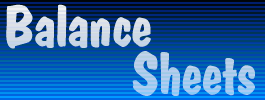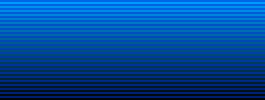|
These are items that the business owns and tends to hold for a
long period of time. They include land, property, fixtures &
fittings, vehicles, tools, etc.
Fixed assets are often used for production and purchasing new fixed
assets may help improve efficiency (e.g. buying a computer for administration
work). This is often a good idea for a business with a lot of cash.
Fixed assets are not usually very liquid. In other words,
it may take a long period of time to be able to turn them into cash.
It would be easier to sell stock than to have to go through the
legal proceedings involved in selling a building.
Fixed assets also tend to fall in value over time. A car bought
five years ago will usually be worth less today than on the day
it was bought. This is due to wear and tear, fashions, the existence
of better models, etc.
The value of the fixed assets shown on the balance sheet will fall
from year to year. This is a process known as depreciation
and a business will often set aside money to replace existing assets
such as lorries (the depreciation provision will show up on the profit
and loss account as an example of an overhead expense).
|

